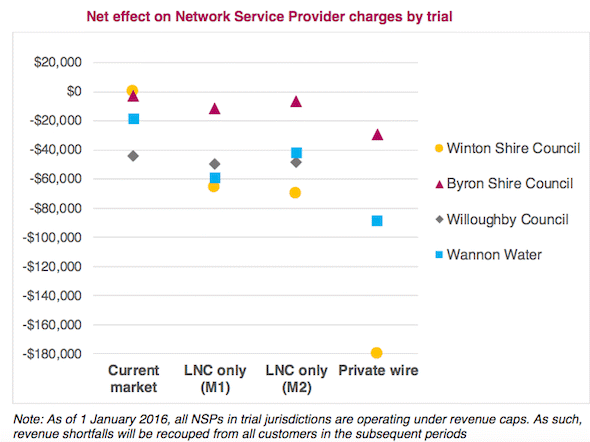Regulatory changes to reward local energy generators for their contributions to the grid could unlock savings of more than $1 billion in avoided network costs, a major Australian study has found.
The study – led by the University of Technology Sydney’s Institute for Sustainable Futures, and funded by ARENA – found paying ‘local network credits’ to local generators for their role in reducing overall investment in the electricity network could reduce network expansion costs by 59 per cent, representing an overall positive economic benefit of approximately $1.2 billion by 2050.
The findings are based on the results of five virtual trials conducted by the ISF in five different locations around Queensland, New South Wales and Victoria, which modelled the benefits of local network credits and local energy trading (also known as virtual net metering).
“Results of four out of five virtual trials of Local Network Charges and Local Electricity Trading completed to date indicate there is potential for distributed generation to meet local consumption, which is unlikely to be realised under current market conditions,” the ISF says.
The report finds that offering a Local Network Charge for the cases investigated would keep solar and other distributed generation on the grid, “in an era of increasingly locally derived supply.”
Such an incentive would also maintain the network charges paid by the proponent, the report notes, “relative to a significant increase in behind the meter consumption using a private wire approach, even taking into account payment of the Local Network Charge itself.”
The result, it says, leaves the proponent and other customers better off, due to the fact that money is not wasted on more and more poles and wires.
“In all cases,” the report says, “the current market scenario results in the lowest reduction in network charges, as the only change in charges is the effect of the behind the meter consumption at the local generation site.
© 2016 Solar Choice Pty Ltd
